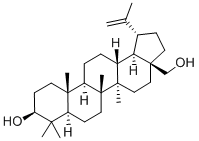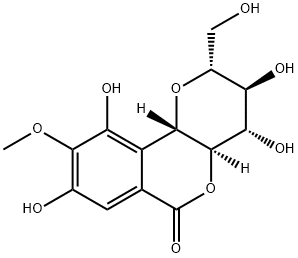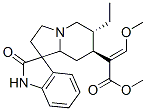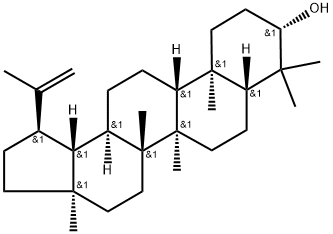Betulin , Analysis standard , 473-98-3
Synonym(s):
Trochol;Betulinol;Betulol;Lup-20(29)-ene-3β,28-diol;Lup-20(29)-ene-3β,28-diol, Sterol Regulatory Element Binding Protein Processing Inhibitor, Betulin
CAS NO.:473-98-3
Empirical Formula: C30H50O2
Molecular Weight: 442.72
MDL number: MFCD00016802
EINECS: 207-475-5
| Pack Size | Price | Stock | Quantity |
| 20MG | RMB102.40 | In Stock |
|
| others | Enquire |
PRODUCT Properties
| Melting point: | 256-257 °C(lit.) |
| alpha | D15 +20° (c = 2 in pyridine) |
| Boiling point: | 493.26°C (rough estimate) |
| Density | 0.9882 (rough estimate) |
| refractive index | 1.5045 (estimate) |
| storage temp. | 2-8°C |
| solubility | Chloroform (Slightly), Methanol (Slightly, Heated) |
| form | Off-white powder |
| pka | 15.10±0.10(Predicted) |
| color | Pale Brown to Beige |
| optical activity | +2015 (c 6, pyridine) |
| Merck | 14,1189 |
| Stability: | Hygroscopic |
| InChIKey | FVWJYYTZTCVBKE-ROUWMTJPSA-N |
| LogP | 8.607 (est) |
| CAS DataBase Reference | 473-98-3(CAS DataBase Reference) |
| NIST Chemistry Reference | Betulin(473-98-3) |
Description and Uses
Sterol regulatory element binding protein 2 (SREBP-
birch bark extract is described as having anti-irritant and antiseptic properties, and effective in acne treatment. It is used to make sunburn products, soothing lotions, and aftershaves. The oil is astringent and is mainly used for its curative effects, especially in cases of acne and eczema. In folkloric medicine, birch bark extract was considered good for bathing skin eruptions. Destructive distillation of the bark’s white epidermis yields an empyreumatic oil known as oil of birch tar, Oleum rusci, or dagget. This is a thick, bituminous, brownish-black liquid with a pungent, balsamic odor. It contains a high percentage of methylsalicilate, creosol, and guaiacol and is almost identical to wintergreen oil.
Safety
| Symbol(GHS) |  GHS08 |
| Signal word | Warning |
| Hazard statements | H371 |
| Precautionary statements | P260-P264-P270-P308+P311-P405-P501 |
| Hazard Codes | Xn,Xi |
| Risk Statements | 36/37/38-20/21/22-68/20/21/22-68 |
| Safety Statements | 36/37-36-26 |
| WGK Germany | 3 |
| RTECS | OK5755000 |
| HS Code | 29181985 |





